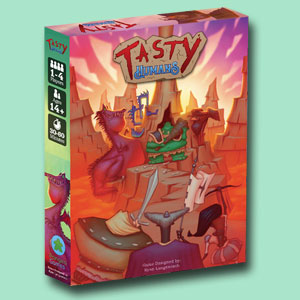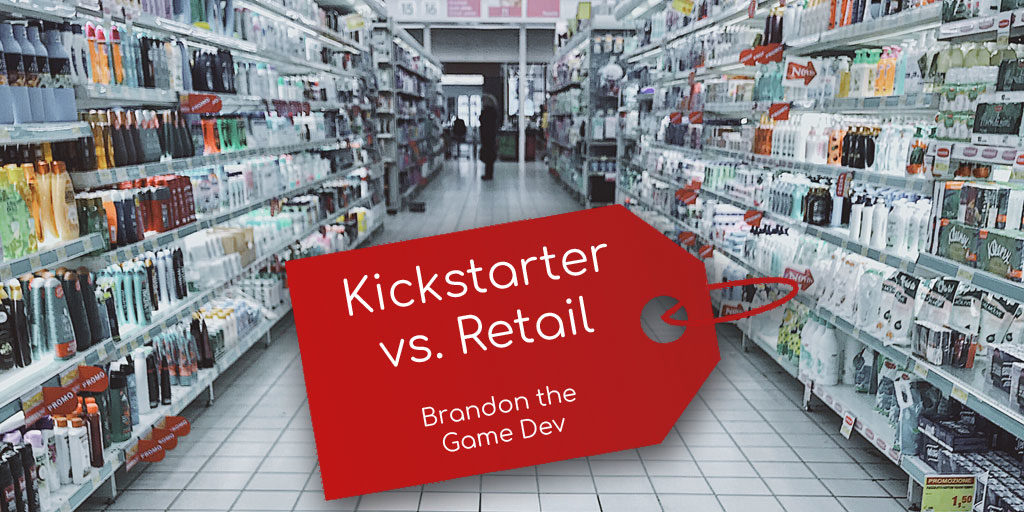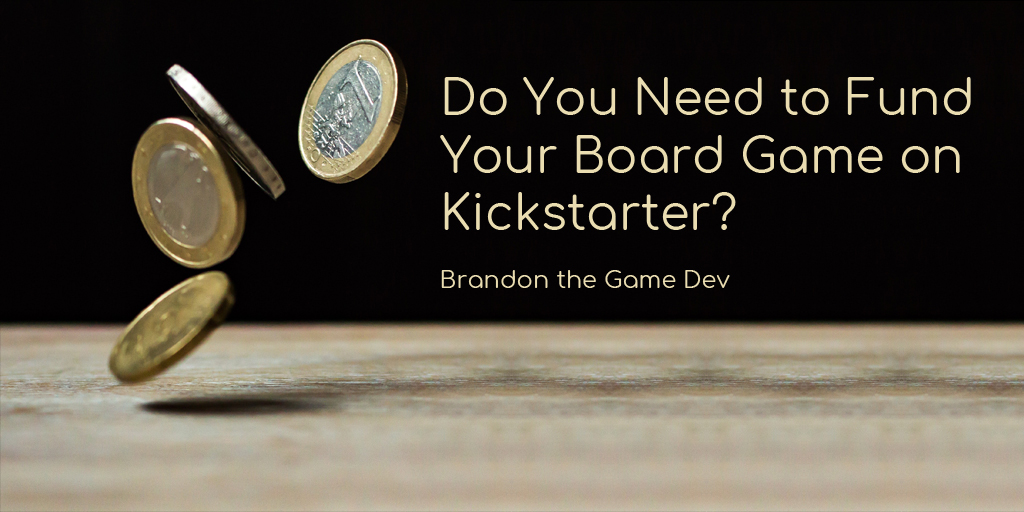Why Gamification Makes Everything Else More Fun
Gamification has become quite the buzzword lately. The concept is simple: through gamification, you take the elements we associate with games – point scoring, competition, rules – and apply them to something else. Businesses have fallen in love with this concept because they’ve found that gamification works wonders for motivating people. But why?
Looking for more resources to help you on your board game design journey?
Here you go: no email required!
Like this writing style?
Check out my latest blog on marketing here.
That’s a complex question. For that reason, I’ve brought in Sean Fallon, Founder & CEO of Smunchy Games and User Experience (UX) Designer extraordinaire. His background in UX has given him a keen sense of what motivates people to take action.
By looking at game design from this new angle, we hope to help you understand why board games are so playable and what that means for other aspects of our lives. Without further adieu, I’ll now turn it over to Sean.

Why Gamification Makes Work Fun
Gamification is a fantastic tool. Using it when users have to complete mundane, repetitive tasks is always a good idea. A better way to understand gamification is through game design- whether that means playing a game or designing one.
Why does gamification make everything else more fun? This is a question that many have asked in the UX design space, where many are looking for ways to incorporate it. However, they always seem to treat gamification as an afterthought, and that can be one of the largest mistakes they make.
People sometimes think of gamification as something that isn’t needed or is secondary to other “important” features. If gamification is implemented and is also the core concept that is designed around, it will drive amazing results that keep people coming back and enjoying whatever they’re participating in. For example, people have more fun with gamified work and often put in more effort!
Gamification is Motivational Magic
Gamification is a win all around. When used in business, it means higher quality results for the company. These results are obtained purely because the person putting forth that effort was having fun and forgot they were doing mundane tasks.
Gamification really is a fascinating concept that dramatically increases productivity. As one of the old sayings go, “time flies when you’re having fun.” It’s true. When we have fun, we focus on what we’re trying to do. Think of another common adage: “love what you do and you will never work another day in your life.” This is also true to some degree and revolves around having fun.
Why do we make games for children when it comes to education, completing chores, or doing a task that they wish not to do? Are adults so different that they aren’t allowed to have fun with what they’re doing?
Games provide a way for us to accomplish tasks we never thought we’d be able to accomplish before. More importantly, that sense of accomplishment makes us as humans feel great. It allows us to push forward, making another round of fun go by until we’ve accomplished the task. This cycle then repeats.
Board Game Design Makes You Better at Business (Because of Gamification Principles)
So why bring any of this up? What’s the point?
I’ve been designing and working with tabletop games for the last 5 years. In fact, I would encourage anyone who is in the UX design profession or planning to get into it to play more tabletop games, or try your hand at making your own – even if it’s just to understand the process.
The reason I suggest this is because whenever it comes to my UX design work – whether I’m designing an application for a massive Fortune 10 enterprise client or I’m working on a tiny card game – it’s important to understand these user experiences. While game design is clearly different than application design, it is absolutely a wonderful way to stretch your UX muscles.
A Practical Example
For example, a card game may have 40 cards, all different abilities, skills, thoughts, rules, and forms of actions. These play out in many different experiences for the players involved. This type of journey mapping, from a mechanics perspective, is extremely helpful when understanding the feelings and emotions the players may go through during the game. This is a treatment we apply to a journey map, turning it into an empathy map. You can further pare down journey maps and empathy maps to very specific scenarios and instances which create many playtesting questions. Playtesting in this stage of game design is related to user research in UX design.
These processes are similar in many different forms of design. The reason why this particular process for game design can bring a user “ delight” is that it allows the UX designer to think beyond the experience. This may sound counter-intuitive, but it’s not. This is because it breaks the designer out of their structured experience shell and into the creative process. Allowing the UX designer to think beyond the immediate experience at hand shows the designer the big picture – the end to end experience. When practiced in this way, we take all of these thoughts, experience, journey maps, playtests, and user research; combining it into this nice package of creative thought. In this particular case, gamification.
This gamification package is a box filled with fun. Because of the exercises in both game design and application design, the UX designer can apply gamification in such a way because they’ve been able to stretch those UX muscles in game design. Everything becomes more fun for users/players in the end and brings us full circle to the effort put in by others – and makes it more fun for the UX designer too.
Final Thoughts
If you take anything away from this article, take this away with you: gamification is used best when trying to focus the user’s effort into accomplishing any task set before them.
I want to end this article with a little game. Go back through this article and count how many times I use the words “fun” and “UX”. Once you have the number of each of these, add them together. Take that number and add your birth month to it plus the number of letters in your first name. Then find your favorite board game on Board Game Geek and leave a comment with that number and that game.






